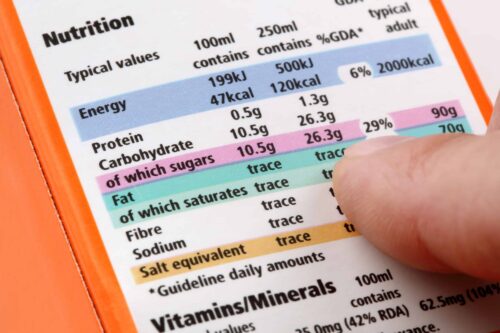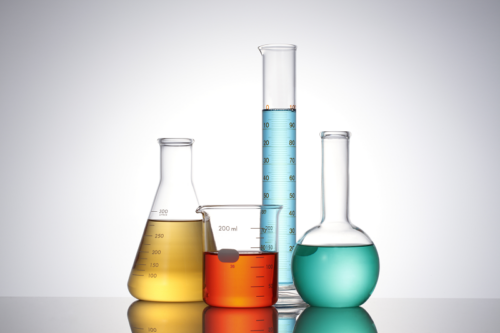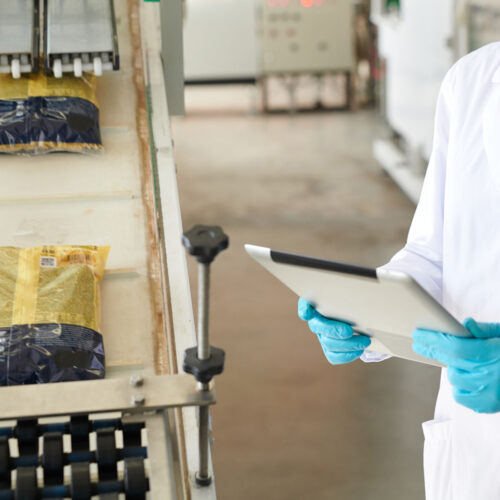Hazard Analysis and Critical Control Point Background
The HACCP System requires that potential hazards are identified and controlled at specific points in the process. This includes biological, chemical, physical and allergen hazards. Any company involved in manufacturing, processing or handling of food products can use HACCP to minimize or eliminate food safety hazards in their product.
HACCP Principles
- Conduct a Hazard Analysis / List all the Hazards
- Identify Critical Control Points
- Establish Critical Limits (Maximum / Minimum Limits – Temperature / Time / pH / Salt)
- Establish Monitoring Procedures
- Establish Corrective Actions
- Establish Verification Procedures
- Establish Record Keeping / Documentation Procedures
Components of an Effective HACCP System
1. Prerequisite Programs
Designed to control hazards related to personnel and the food manufacturing environment, creating conditions that are favorable to the production of safe food products.
Prerequisite programs are designed to ensure a suitable and safe environment for food manufacturing that does not present sources of contamination. To control and prevent hazards within the manufacturing environment:
- Appropriate personal practices are managed
- Shipping, receiving and storage practices are managed
- Equipment and structures are maintained
- Water supply safety is maintained
- Hygiene/cleaning and pest control activities are performed
- Appropriate employee training is provided
Prerequisite programs are implemented prior to the HACCP plan(s) because they control a large number of general hazards that then do not need to be controlled in a HACCP plan, thereby making the system more efficient and easier to maintain. Prerequisite programs lay the foundation for effective HACCP plans.
2. HACCP Plans
Designed to control hazards directly related to the food being processed or the manufacturing process that are not controlled by the prerequisite programs.
A HACCP plan is designed to control hazards directly related to the product, ingredients or manufacturing process. HACCP plans are developed through a process of hazard analysis to determine hazards significant to food safety. Control measures are then put into place to prevent, reduce or eliminate these hazards. The control measures are monitored for effectiveness. If a hazard is not adequately controlled (the control measure fails), actions are taken to correct the failure.














